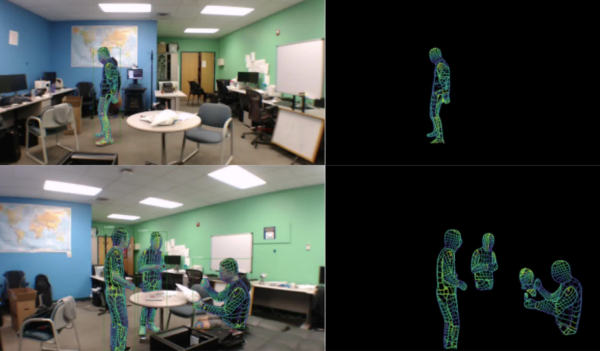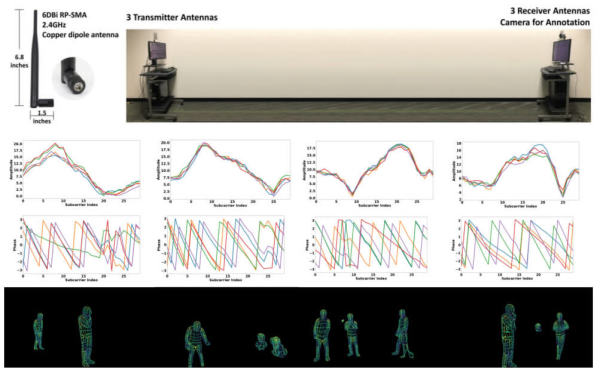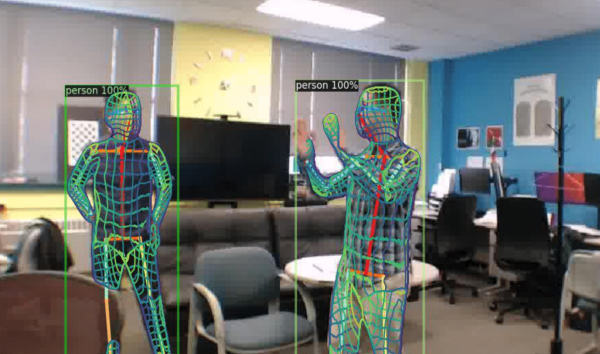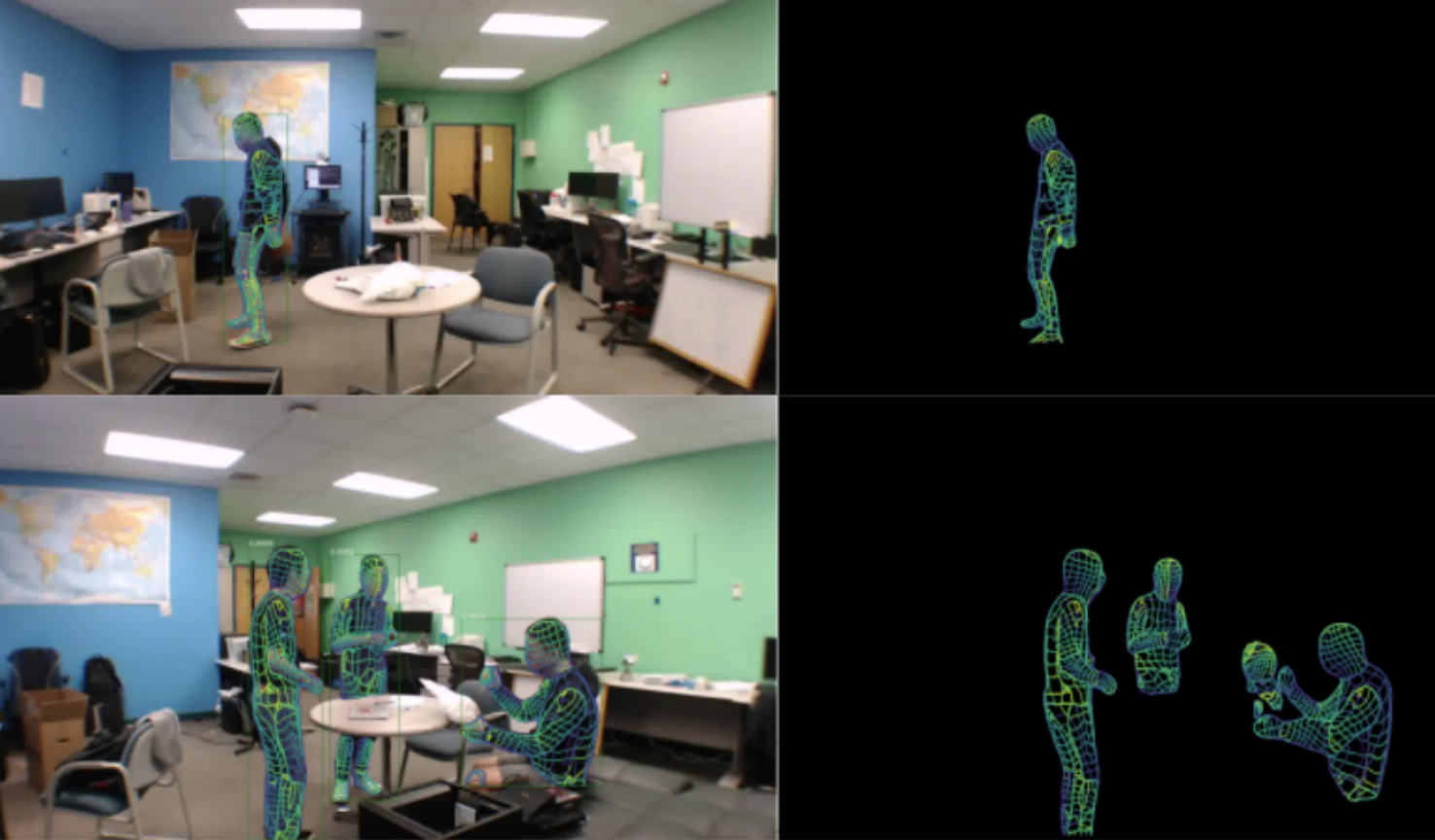Researchers at Carnegie Mellon University have introduced an intriguing new deep learning method that makes it possible to determine the location and position of several people in a room just by analyzing WiFi signals. The researchers see their method as a cost-effective solution and, in some applications, better in terms of quality and data protection than systems that use RGB cameras, LiDAR, or radar for the same task.

The advantage of using radiation from WLAN routers in a room is that, unlike using an RGB camera, room lighting or people covering each other is not a problem. Additionally – unlike using radar and LiDAR technology – no special, expensive hardware is required; For example, the experiment was carried out with two commercially available TP-Link AC1750 routers, worth about 30 euros each. Unlike using a normal camera, room monitoring via WLAN does not produce any image data that is questionable in terms of data protection in some scenarios.

The team developed a specially trained deep learning AI that plots the phase and amplitude of WiFi signals on approximate 3D human models with 24 different clips, and so can represent different poses (including multiple people – tested successfully with up to five people). According to the study, the new method can estimate positions and attitudes of many people similar to a solution using 3D image analysis using only WiFi signals. Three WLAN transceivers are needed in each case, but it can also be achieved – as in the experiment – in the form of an arrangement of two WLAN transmitters and receivers, each with three antennas.

The researchers suggest using security technology, among other things — using existing WLAN, an individual’s home could be remotely monitored for illegal intruders, or a nursing home could be checked to see if an elderly person has fallen and needs help.
However, it may also be conceivable to use the new method in addition to camera motion capture, for example in situations with many people when the camera’s view is blocked.

“Social media evangelist. Baconaholic. Devoted reader. Twitter scholar. Avid coffee trailblazer.”








More Stories
Longest jets in the universe discovered – giant particle streams as long as 140 Milky Way galaxies in a row
New method reveals 307 supernova remnants
Snapchat is upping the ante on augmented reality glasses